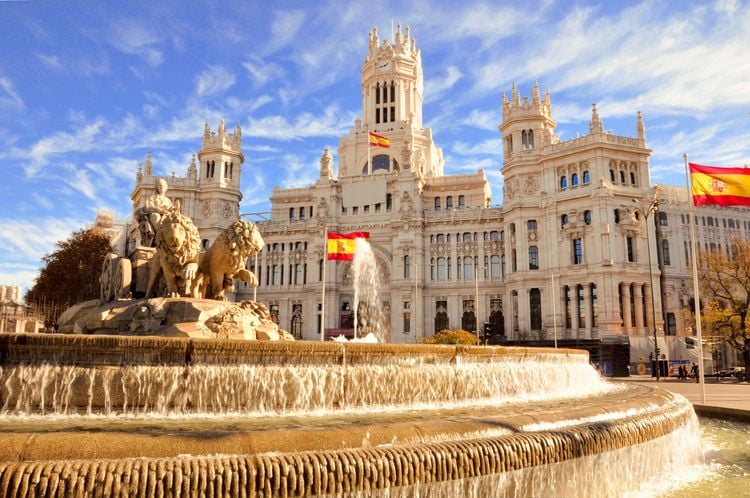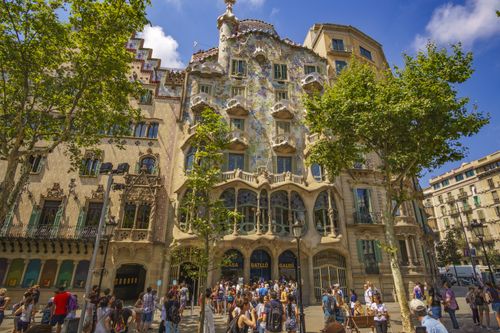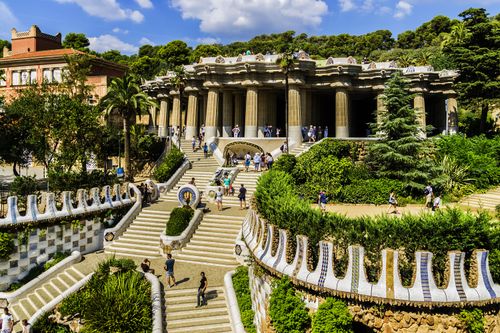50 kilometres from Santander, in Cantabria, lies the incomparably charming seaside resort of Comillas. This former fishing village is the perfect destination for a rejuvenating city break. The charm of its historic centre, its hidden cobbled streets and its collection of manor houses and palaces make it an ideal road-trip stop-off for art and history enthusiasts. Among the village's architectural nuggets, the most famous building is undoubtedly the Villa Quijano, better known as El Capricho, declared a Historic-Artistic Monument in 1969. It was in 1885, when construction of the building was completed, that Comillas shed its image as a fishing village: tourists from all over Europe came to admire this work by Antoni Gaudí.
Gaudí is certainly Spain's best-known artist, leaving behind some magnificent monuments in Barcelona. On the other side of the country, a small fishing village called Comillas is discreetly home to works by the artist. Along its cobbled streets, its large buildings adorned with coats of arms and its small squares, you can discover architectural gems such as El Capricho and the Palacio de Sobrellano, two buildings that introduced the village to Catalan modernism. Head for Comillas, in the footsteps of Gaudí.
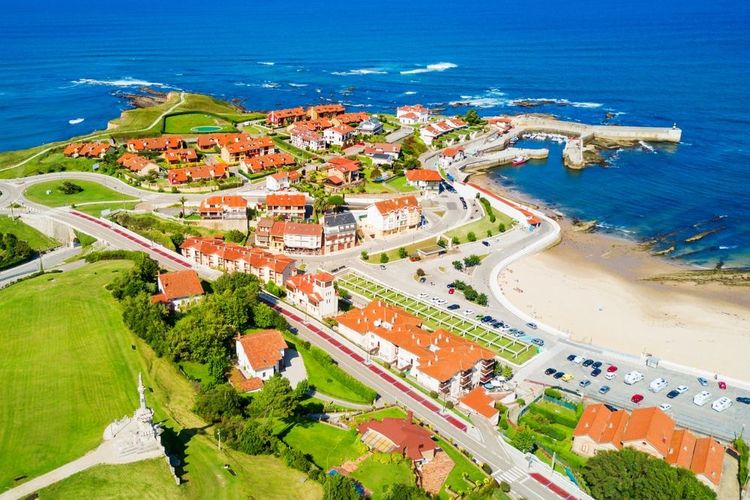
Vue aérienne de Comillas
- © saiko3p / ShutterstockThe beginnings of Modernista architecture in Comillas
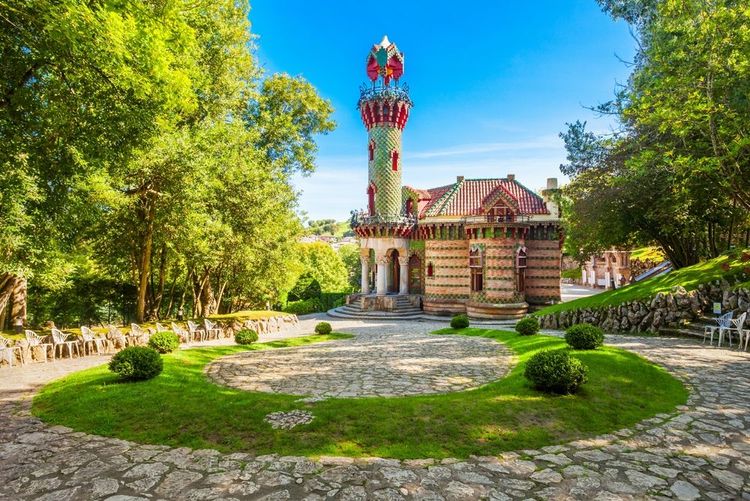
El Capricho, Comillas
- © saiko3p / ShutterstockEl Capricho is also the first Catalan Modernist building to be constructed outside Barcelona and Catalonia. With its large, twenty-metre high mirador tower, its azulejo-covered façade and its Mudéjar-influenced Modernista style, it is a perfect blend of genres, colours, geometric shapes and materials. After years of neglect, El Capricho was renovated in 1988 to house a restaurant, followed by a museum in 2009.
Gaudí's influence in Comillas
Comillas is also special because of its history, which is linked to that of Antonio López y López, the man who commissioned Capricho. The son of local fishermen, he made his fortune in Cuba during the 19th century and eventually became the richest man in Spain. It was he who commissioned the construction of the Pontifical University of Comillas, designed by Joan Martorell and Lluís Domenech i Montaner, pioneers of Art Nouveau and part of the trend towards Catalan Modernism.

Université Pontificale de Comillas
- © saiko3p / ShutterstockHiking in the hills above Comillas is a great way to enjoy the best views of the beaches and the Cantabrian coast, as well as discovering more about the village and its past. There is a small hermitage chapel housing an image of the saint that fishermen used to come and pray to before setting out to sea. Not far away, on the Sobrellano hill, is the neo-Gothic Palacio Sobrellano, some of whose furnishings were designed by Gaudí. The Gothic cemetery in Comillas, perched on a hill to the north of the city, is a must-see, as its Gothic style and dozens of mausoleums and sculptures add an intriguing and impressive touch found nowhere else.
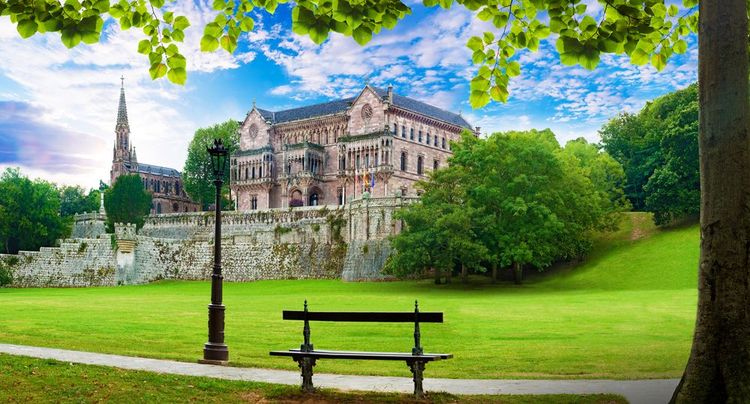
Palais Sobrellano
- © carlos castilla / ShutterstockWith its hippie chic atmosphere cradled in a coastal environment, the village appeals to travellers in search of authenticity, heritage lovers and nature enthusiasts. The village is renowned for its port, the last in the region dedicated to whaling. Seventeenth-century artillery pieces have been preserved here, and the old watchtowers used to spot whales have now been converted into two lighthouses.
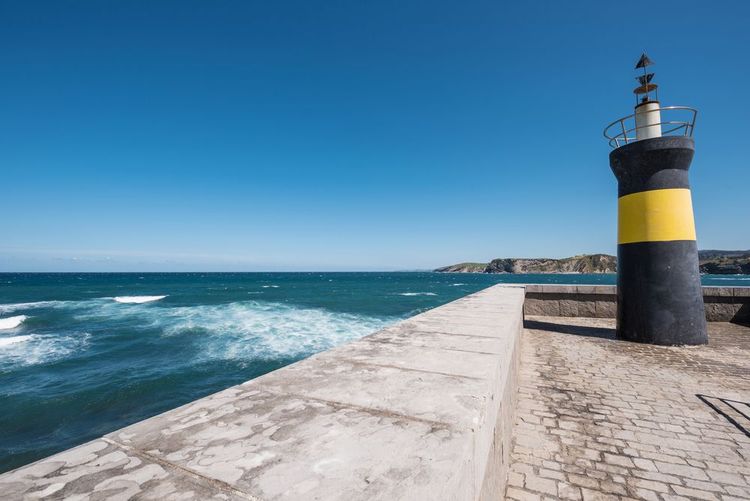
Phare de Comillas avec vue sur la mer
- © David Herraez Calzada / ShutterstockDiscovering the flora of Cantabria
Once on Cantabrian soil, the road to Comillas usually winds through the surrounding villages, fields and hills, offering a glimpse of the region's extensive flora. Although the town's large beach is particularly popular with families, you'll need to extend your journey by seven kilometres and head further inland into Cantabria, to discover the Oyambre Natural Park and its white sandy beach, an unspoilt wilderness bordered by marshes.
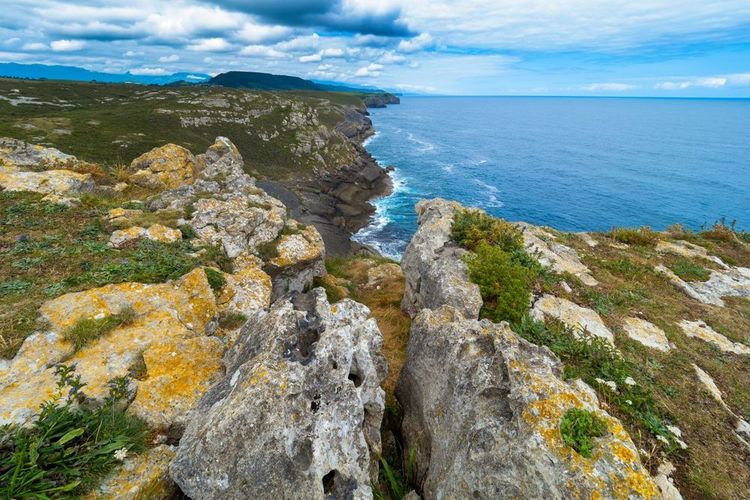
Parc naturel d'Oyambre
- © Al Carrera / ShutterstockA must-see destination for a trip to the region, the park offers visitors over 5,000 hectares of greenery and beaches, stretching from the villages of San Vicente de la Barquera and Comillas on the Cantabrian coast. With cliffs ranging in height from 10 to 50 metres, dunes and vegetation typically dominated by the rich forests of Mount Corona, this park is an ideal place to explore alone, with family or friends.

Plage à Comillas
- © Quintanilla / ShutterstockWhere can you enjoy local specialities?
Restaurante La Aldea: Located right in the heart of Comillas, this restaurant offers inventive, local recipes that showcase the best of the region's produce. Due to its popularity, it is best to make a reservation before visiting.
👉 Calle Aldea 5, 39528, Comillas Spain - average price between €7 and €23
El Remedio: Included in the MICHELIN Guide's selection of restaurants, this small, typically Catalan restaurant offers local specialities with refined flavours and cooked using quality produce. Its ideal location, near a 19th-century church and the Comillas cliffs, makes the experience all the more enjoyable.
👉 Calle de Los Remedios, s/n, Ruiloba Spain - €60 on average
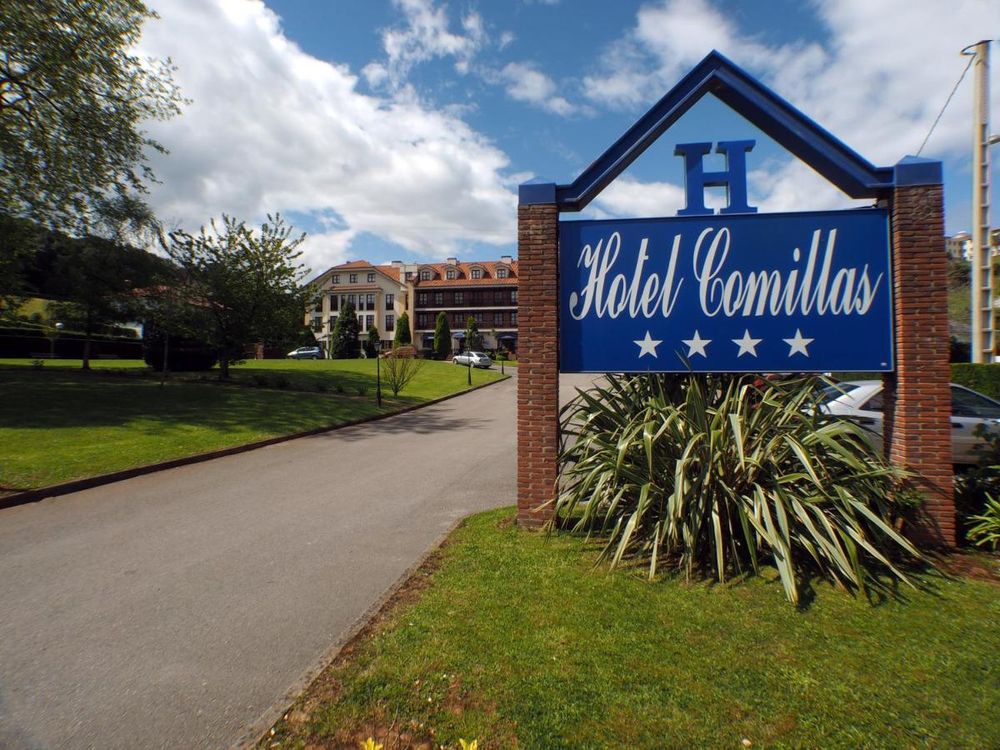 Comillas
Comillas
